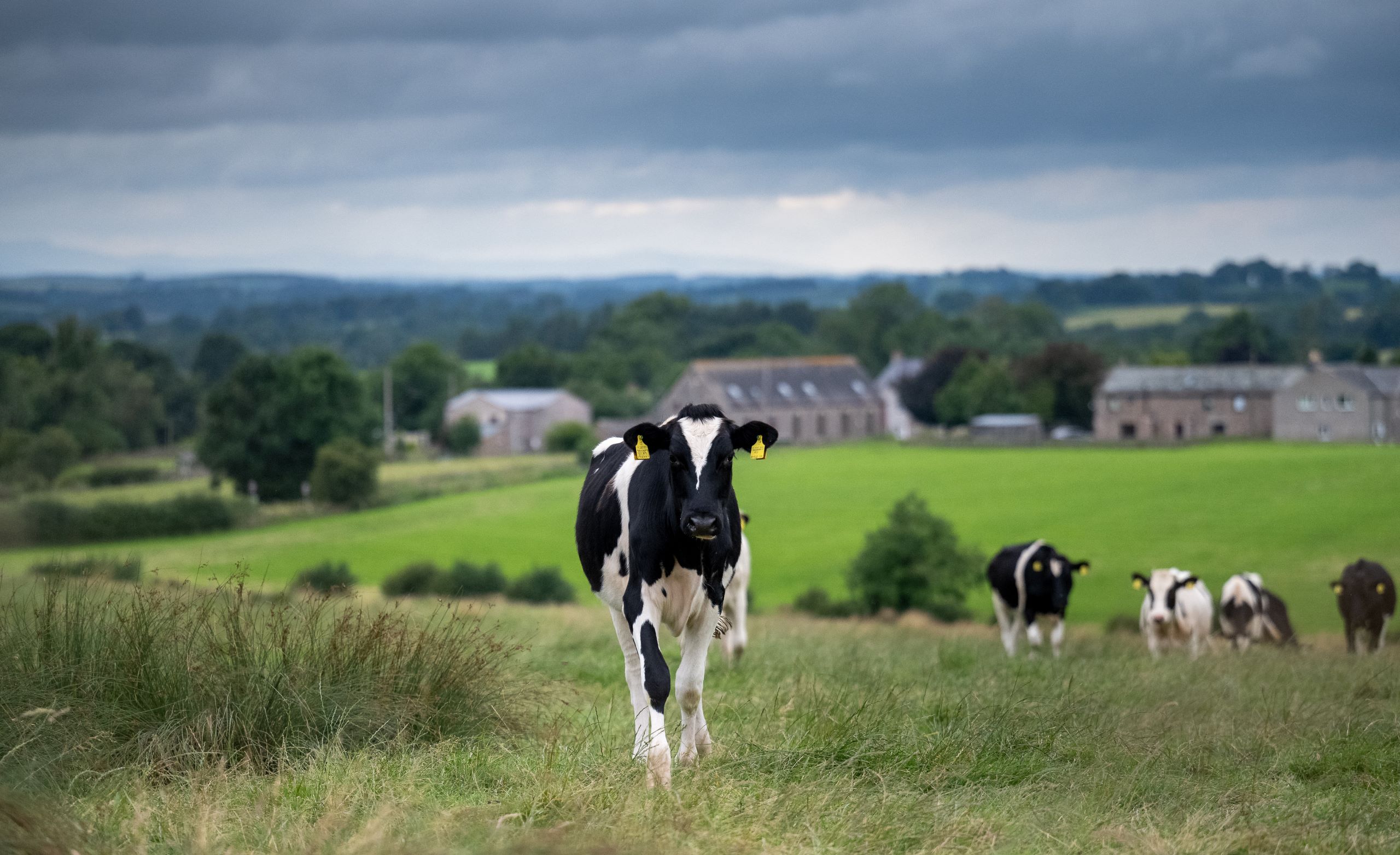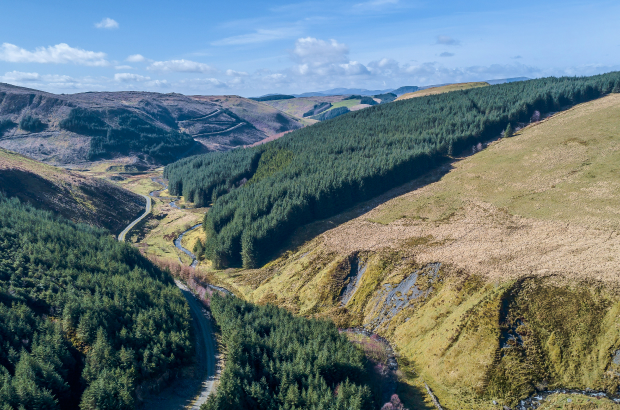Land Business Update | Week Commencing 5 November 2025
Farming & food
A third of British farmers made no profit in past year (UK)
35% of the farmers surveyed for a report for McCain Foods said that they made a loss or were breaking even. The report states that 51% of farmers have considered leaving the industry in the past year due to financial strain, while only 4% believe current government support is adequate. S&P comment: this high proportion of farmers stated as considering leaving the industry is not feeding through to farms actually being put up for sale. Our latest data is that the number of farms for sale has fallen in 2025, in the year to date (see article below).
Natural capital & environment
Carbon Budget and Growth Delivery Plan (UK)
The government has published a revised Plan, which sets out how the country will meet the nation’s commitments to reduce its emissions. It covers all the main sources of carbon emissions, including energy, transport, agriculture, homes and industry. This is a revised or updated plan as the previous ones, published by the previous government, were challenged in court as being insufficiently detailed or realistic. It states that emissions from farming are not reducing significantly and that changes in land uses and practices will help reduce them. It includes the impact of methane, which is addressed in the UK Methane Action Plan (see article below). Reaction has, predictably, been mixed. Some commentators have said that it makes little mention of public transport and instead focusses on electric vehicles.
UK Methane Action Plan sets roadmap to reducing emissions to 2050 (UK)
The Methane Action Plan outlines the actions the UK will take to tackle methane emissions. Methane is a greenhouse gas that contributes to global warming and is more potent than carbon dioxide per tonne, but shorter lived in the atmosphere. The key sectors focused on are agriculture, waste and fuel supply as they account for 87% of UK’s territorial methane emissions, with agriculture now representing 48% of them. The main contributors of agricultural methane are cattle and sheep and the main actions in the plan for England are progressing with the rollout of Methane Suppressant Feed Products (MSFPs); improving animal health and welfare; and using environmental permitting regulations to improve the control of methane from anaerobic digestion (AD) facilities.
Public generally positive about dead or decaying trees (UK)
Dead and decaying trees are important for biodiversity. A survey by Forest Research of nearly 1,200 visitors across three locations that varied in formality found that three-quarters of respondents felt neutral, happy, or very happy when asked how they felt about a visible dead or decaying tree. Visitors to the most formal site felt the least positive but were still more positive than negative overall. Forest Research said that the results should reassure site managers that leaving dead and decaying trees in place, and even celebrating them, will positively contribute to visitor experience.
Support for tree replacement following drought conditions (England)
The Extraordinary Payment for Restocking in Exceptional Circumstances (EPREC) is available to land managers who planted trees this planting season (2024/25) and who have experienced 25% or more tree failure rates. The grant will cover up to 50% of the standard costs of tree replacement and is capped at £10,000 per agreement. Funding is allocated on a first come, first served basis. For England Woodland Creation Offer agreements, the payment is £1.72 per tree but agreement holders will need to pay to replace the first 15% of all failed trees originally planted under an agreement. Contact the Forestry Commission team here.
List of 28 productive tree species that can cope with climate change published (Scotland)
The species on the Future Productive Species List were selected to ensure they can withstand changing conditions and also deliver economic, environmental and community benefits. The list was developed through collaboration between Scottish Forestry, Forest Research and other stakeholders. Forest Research said that it thinks it is the most comprehensive assessment of tree species’ performance ever conducted in the UK.
| Broadleaves | Conifers |
| Alder – Common | Cedar – Japanese |
| Aspen and Hybrid | Cedar – Western Red |
| Beech | Fir – Douglas |
| Birch – Downy | Fir – European Silver |
| Birch – Silver | Fir – Grand |
| Chestnut– Sweet | Fir – Noble |
| Gean | Fir – Pacific Silver |
| Hornbeam | Hemlock – Western |
| Lime – Small-Leaved | Pine – Lodgepole |
| Maple – Norway | Pine – Macedonian |
| Oak – Pedunculate | Pine – Scots |
| Oak – Red | Redwood – Coast |
| Oak – Sessile | Spruce – Norway |
| Sycamore | Spruce – Sitka |
Rural economy & property
Farmland market proving highly variable but some exceptional prices still being paid (England)
Our latest analysis shows the average price of arable land sold in the first nine months of the year was £10,400/acre, 8% down on the average for 2024. The average price of pasture land sold was £8,500/acre, 7% down. The arable average has dropped because more is selling in the £8,000-10,000/acre band and less for more than £12,000/acre. However, close to 60% of arable land is still selling for £10,000/acre or more.
On supply, there is a perception that a large amount of land has been brought to the open market this year but the data tells a different story. 10% less has been publicly marketed (83,000 acres) in the first three quarters of 2025 than in the same period in 2024, although this is slightly above the five-year average. The number of farms marketed has also fallen to 225, from 255 in 2025.
In terms of buyers, there are signs that demand continues to weaken from its 2021/22 peak but it remains firm, based on our metrics, in historical terms. Read our full report on the market here or contact Sam Holt, our national head of estates and farm agency. NB Our data is based on farms and farmland parcels over 100 acres.
Change to flood and coastal erosion investment process (England)
The way flood defence funding is allocated is changed for the first time since 2011. The new rules, which will be used for the next flood programme starting in April 2026, provide 100% funding from the government for all prioritised flood projects up to £3 million, and then 90% of the costs thereafter. The government says that the previous approach required a higher proportion of funding to come from local authorities, so disadvantaging councils with limited resources. Other changes are that at least 20% of funding will be allocated to help protect the most deprived communities, spending on natural flood management will be increased, and refurbishment of existing flood defences will be treated on an equal footing with new projects.
Smart heat pump trial results in a third cut in peak-time electricity demand
The trial in 58 houses remotely adjusted the heating schedules of the heat pumps. OVO, who ran the trial with Nesta, said that it delivered a 30% reduction in peak energy demand with little disruption to daily life. 60% of the people taking part said they didn’t notice their heating was being managed at all, while almost 90% reported being satisfied with their comfort levels. Just 1% of users chose to override the system in January and 2% between February and March, and the vast majority said they would be happy to continue with automatic controls in the future. The findings point to some heating systems being ‘set and forget’, where homes automatically adjust to the cheapest and greenest times of day.






